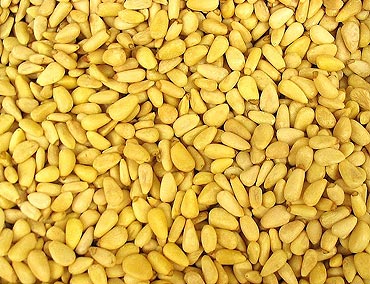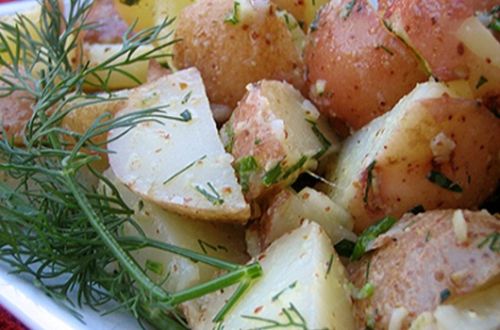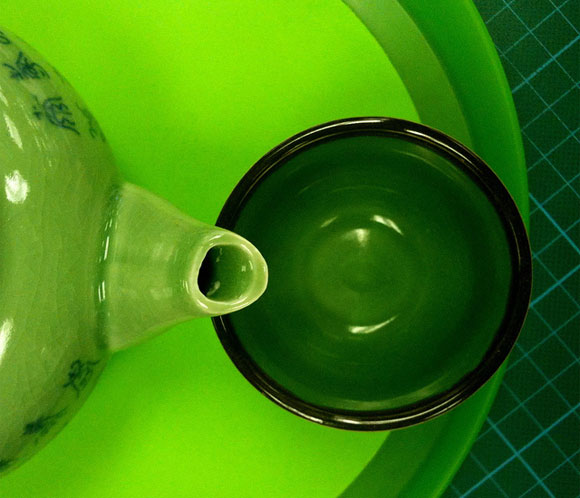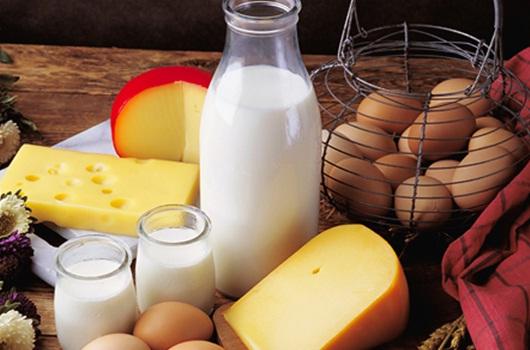 | « Back to article | Print this article |
Tips to get a flatter tummy
Getting rid of belly fat is simpler than you might have thought.
With the right plan, it's actually easier to lose that stubborn lower-body fat or the seemingly impossible to tone back-of-the-arm flab.
Here is a healthy diet and exercise guideline for a slimmer and healthier you.
Good fats
Obviously, you want to keep your calories in a healthy range and avoid meals that are high in saturated fat.
But research has also shown that eating more of certain foods can help you burn excess visceral fat and pave the way to a smaller middle, the Huffington Post reported.
In addition to helping maintain heart health and keep inflammation levels under control, monounsaturated fatty acids, or MUFAs, may stop belly fat before it starts.
Research in the journal Diabetes Care found that people who got roughly 25 percent of their total daily calories from MUFAs gained no visceral fat over the course of the study, while those who ate less MUFAs and more carbs added fat to their midsections.
MUFA-rich food is olive oil, as you can use it in so many meals, but avocados and nuts are other excellent sources.
Pine nuts are particularly great because they also contain high levels of polyunsaturated fatty acids.
These acids increase levels of two hormones that signal your brain when you're full.
Try snacking on one ounce of pine nuts (about the amount you can fit in a shot glass) 20 minutes before mealtime to avoid overeating.
People with chronically high levels of the stress hormone cortisol tend to carry excess visceral fat.
Avoid high-GI foods
Foods that are high on the glycemic index (GI), which uses a ranking system of 0 to 100, cause more rapid spikes in your blood sugar, in turn triggering the release of cortisol when glucose levels crash.
The constant up and down of your blood sugar levels can also lead to insulin resistance -- the first step on the road to type 2 diabetes.
To help keep cortisol levels stable, choose low-GI foods (with a rating of 55 or less) like beans, lentils, and chickpeas, instead of high-GI options like white rice and potatoes.
Green tea
A 2012 study in the Journal of Functional Foods found that people who drank one and a half cups of green tea enriched with a total of 609 milligrams of catechins (a group of antioxidants that have been shown to help burn fat cells) every day for 12 weeks lost almost 16 times as much visceral fat as those who consumed green tea without the added antioxidants.
To achieve similar results with store-bought green tea, you'll need to brew two to four cups daily (many varieties can contain 160 to 470 milligrams of catechins per cup).
Dairy products
When your body is low on calcium, dairy products produce a hormone that signals the body to store visceral fat.
Meeting your recommended daily calcium needs (that is 1,000 milligrams for adults) can help reduce levels of this hormone.
And a recent study published in Obesity Research found that calcium from dairy has a stronger effect than calcium from other sources.
It is recommended you eat low-fat Greek yogurt as a daily snack (just six ounces contain about 20 percent of your recommended dietary allowance for calcium), though any low-fat dairy will do.
Cardio
Core exercises will strengthen your abs, but they won't eliminate the fat that lies beneath them.
To do that, you have to ramp up your overall calorie burn with cardio (running, walking, biking).
A Duke University study found that people who did moderate cardio for 178 minutes per week (roughly 30 minutes of walking six days per week) gained hardly any visceral fat over the course of eight months.
Participants who worked out at a higher intensity (jogging) for a similar amount of time saw even better results -- reducing their belly fat by almost 7 percent. To maximize your workout, try interval training, which alternates between high- and low-intensity cardio.
Once you've established a regular cardio routine, add two or three weight training sessions on non consecutive days to your weekly workouts; everyone naturally gains some fat as they age, but building muscle tone can significantly slow the production of belly fat.
In a study conducted at the University of Minnesota, overweight women who did twice-weekly strength training routines that included eight to 10 exercises of major muscle groups, from biceps curls to leg presses, gained 67 percent less visceral fat over two years than women who didn't do strength training regularly.





